Understanding Varicose Veins
Varicose veins are swollen, twisted veins that usually appear in the legs and feet. They occur when the valves in the veins malfunction, causing blood to pool and veins to enlarge. This section will delve into the anatomical aspects of varicose veins, how they develop, and the impact of risk factors such as age, gender, pregnancy, obesity, and prolonged standing or sitting.
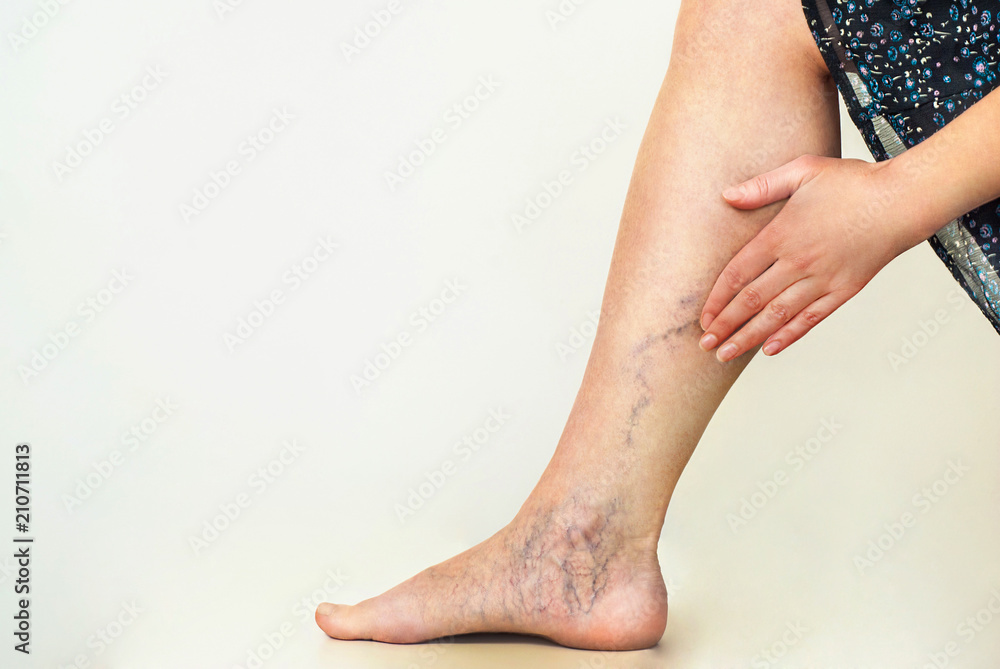
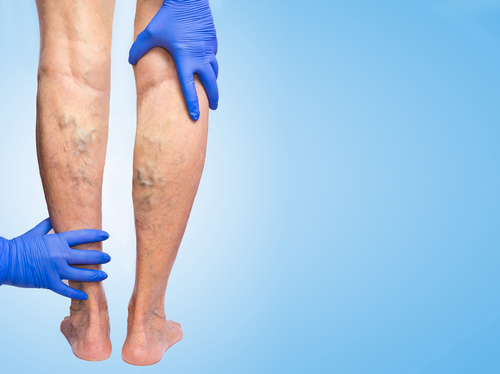
Signs and Symptoms
Recognizing the signs and symptoms of varicose veins is crucial for early detection and treatment. Visible signs include bulging veins, bluish or dark purple coloration, and skin discoloration. Symptoms may include aching or throbbing pain, muscle cramps, itching, swelling, and a feeling of heaviness or fatigue in the legs. We’ll explore the various manifestations individuals may experience.
Causes and Contributing Factors
Varicose veins can be influenced by multiple factors. Genetic predisposition and family history play a significant role in their development. Weak or damaged vein valves, which prevent backward blood flow, contribute to the formation of varicose veins. Lifestyle factors such as obesity, lack of exercise, and prolonged sitting or standing can also increase the risk. We’ll dive deeper into these causes and their impact.

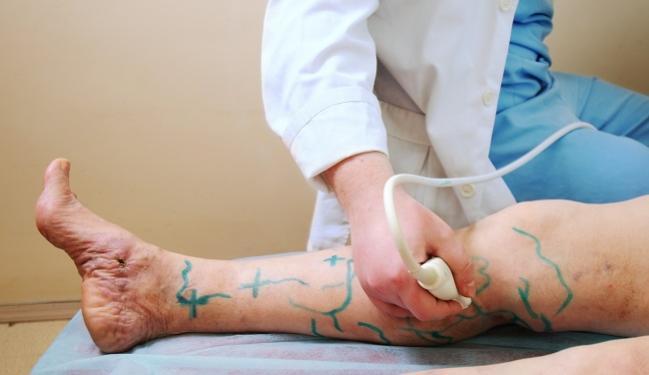
Diagnosis and Assessment
Accurate diagnosis and assessment of varicose veins are vital for effective treatment. Physicians typically conduct a physical examination, evaluating the appearance of veins and assessing symptoms. Medical history, including family history, is also considered. Diagnostic tests such as duplex ultrasound and venography may be performed to determine the extent of the condition. We’ll explore the diagnostic process and its significance.
Treatment Options
Varicose veins can be managed through various treatment options. Non-surgical interventions include wearing compression stockings, making lifestyle modifications such as exercising regularly and elevating the legs, and avoiding prolonged sitting or standing. Minimally invasive procedures like sclerotherapy and endovenous laser treatment can target and close off problematic veins. Surgical options, such as vein stripping and ambulatory phlebectomy, may be recommended for severe cases. We’ll provide an overview of these treatment approaches and their benefits.
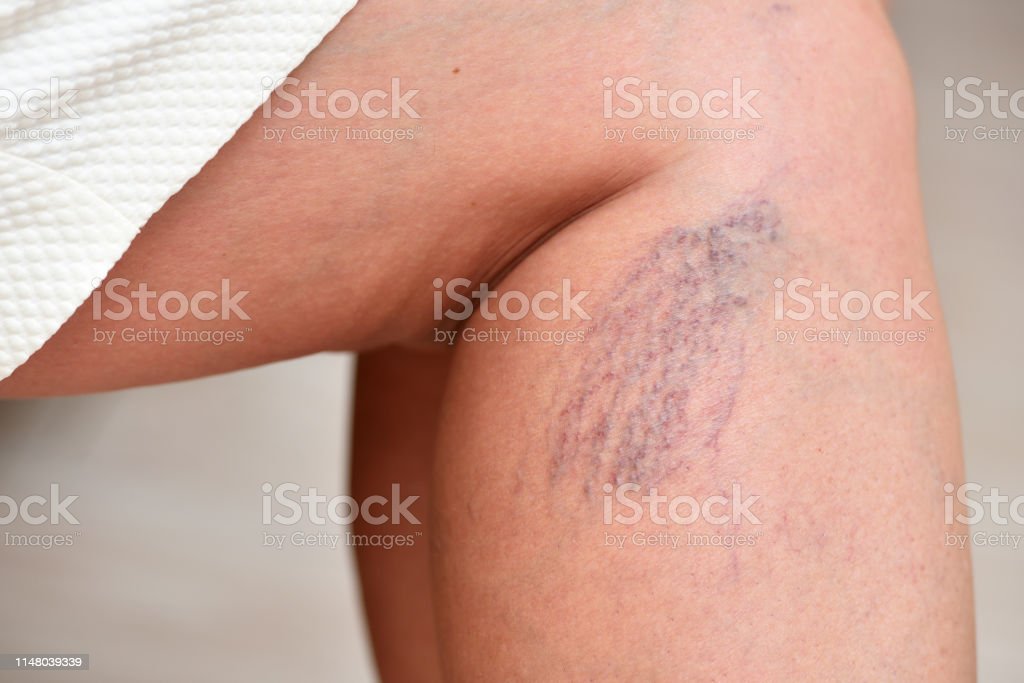

Lifestyle Recommendations
Maintaining a healthy lifestyle can play a significant role in managing varicose veins. Regular exercise, particularly activities that promote leg muscle movement, helps improve blood circulation. Maintaining a healthy weight reduces pressure on the veins. Elevating the legs and avoiding prolonged periods of sitting or standing can alleviate symptoms. We’ll offer detailed lifestyle recommendations to support vein health.
Prevention and Self-Care Tips
Prevention and self-care are essential aspects of managing varicose veins. Adopting healthy habits like regular exercise, maintaining a healthy weight, and avoiding excessive heat exposure can help prevent the development or worsening of varicose veins. Self-care measures, including elevating legs, wearing compression stockings, and practicing good skin hygiene, can alleviate symptoms. We’ll provide a comprehensive set of prevention and self-care tips for individuals to follow.
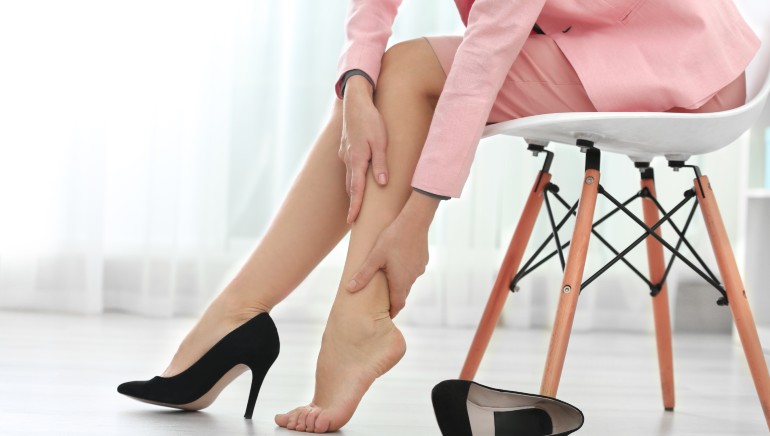
Frequently Asked Questions
If you have varicose veins, it is advisable to avoid prolonged periods of sitting or standing, as this can increase venous pressure. It’s also recommended to avoid crossing your legs when sitting, as it can restrict blood flow. Additionally, wearing tight clothing or high heels may hinder circulation and exacerbate symptoms. Maintaining a healthy weight through regular exercise and following a balanced diet is important to alleviate pressure on the veins.
Varicose veins can lead to various complications, including:
Venous ulcers: Open sores that develop due to poor blood circulation.
Superficial thrombophlebitis: Inflammation and blood clot formation in the superficial veins.
Bleeding: Varicose veins close to the skin’s surface may bleed if injured.
Hyperpigmentation: Darkening of the skin around the affected veins.
Lipodermatosclerosis: Hardening and inflammation of the skin and underlying tissue.
Varicose veins commonly occur in the superficial veins of the legs, particularly the great saphenous vein and the small saphenous vein. These veins are responsible for carrying blood from the legs back to the heart. Dysfunction of the valves within these veins allows blood to flow backward, leading to the enlargement and pooling of blood in the veins, resulting in the characteristic appearance of varicose veins.
Several risk factors can increase the likelihood of developing varicose veins, including:
Family history: Having a family member with varicose veins increases the risk.
Gender: Women are more prone to varicose veins, likely due to hormonal factors.
Age: The risk of developing varicose veins tends to increase with age.
Prolonged sitting or standing: Jobs or activities that involve long periods of sitting or standing can contribute to the development of varicose veins.
Obesity: Excess weight places additional pressure on the veins, increasing the risk of varicose veins.
